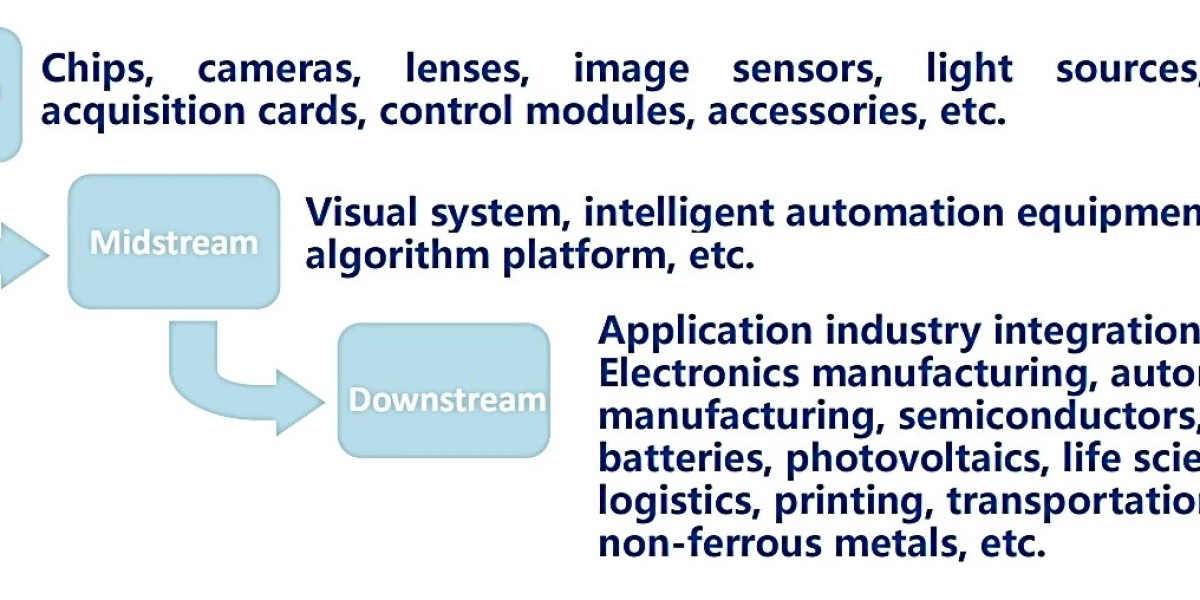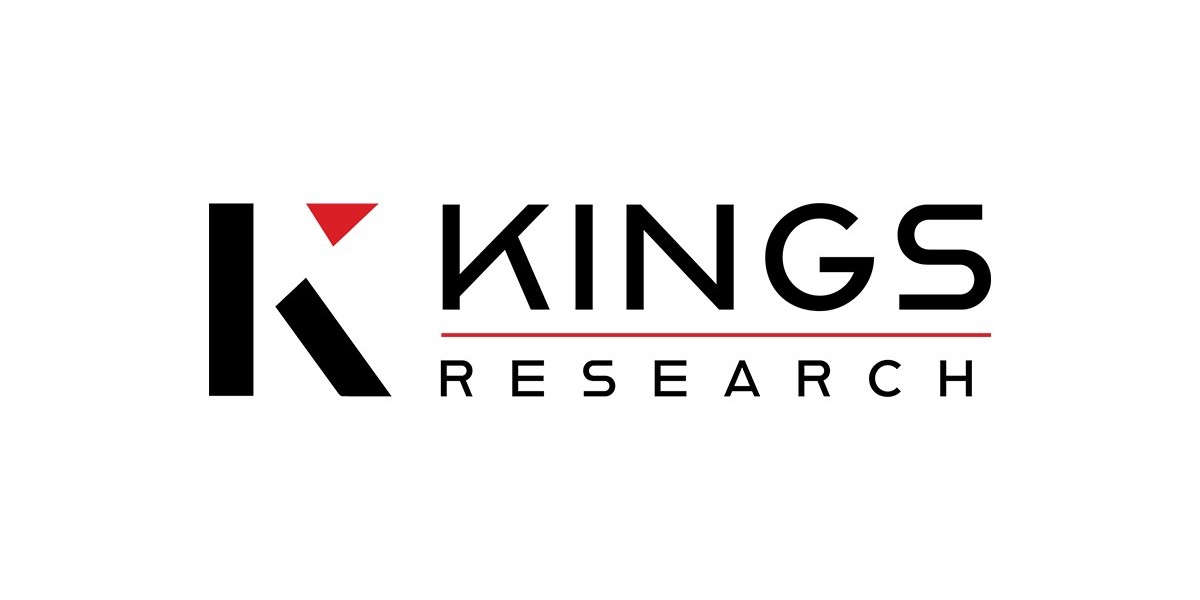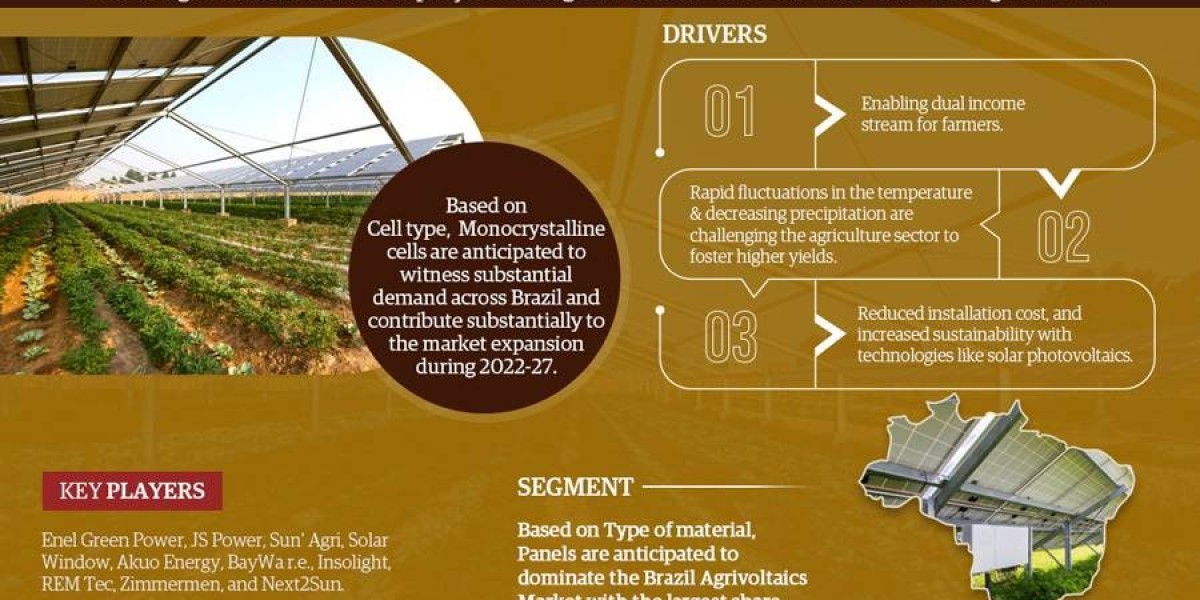In the wave of industrial intelligence, machine vision, as the "eye" that perceives the world, is reshaping the industrial landscape. This article is based on the machine vision industry alliance (CMVU) data, decoding the industry development code.
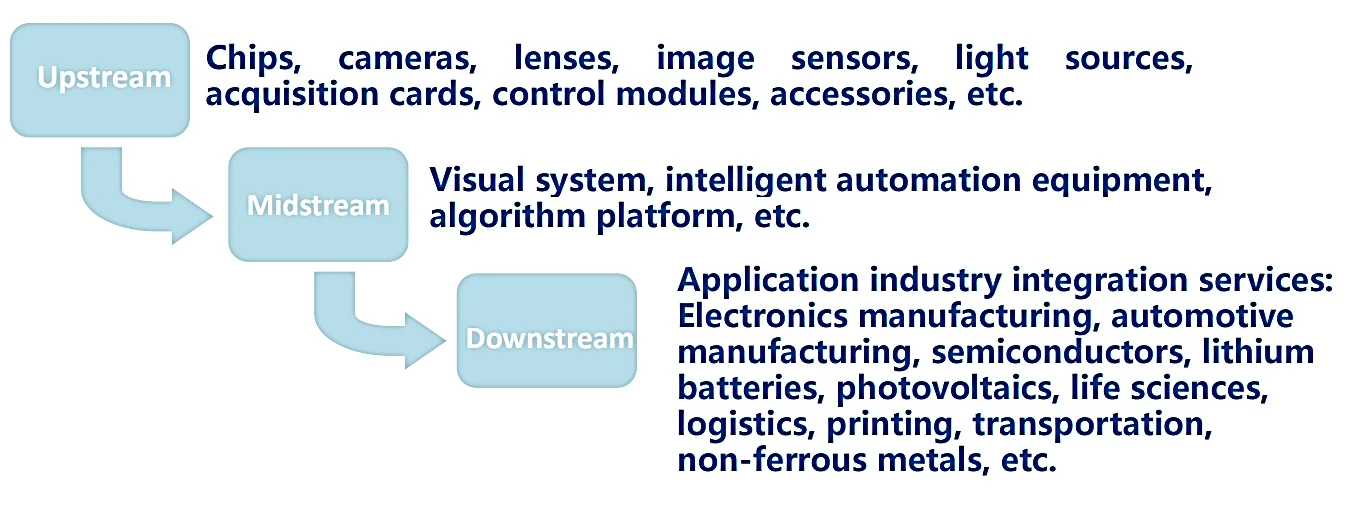
1. Market size: a rapidly growing industry blue ocean
i. Industrial cameras: China’s market breaks out against the trend
The global industrial camera market has been expanding steadily, with an average annual compound growth rate of 14.9% from 2011 to 2018, and the Chinese market has been far ahead with a compound growth rate of 37.1%, reaching a scale of 730 million yuan in 2018. After 2015, domestic brands such as Hikvision Robotics and Daheng Imaging have emerged, breaking the monopoly of Europe and the United States and showing the vitality of local innovation.
ii. Machine vision industry: a continuously rising growth curve
From 2022 to 2024, the sales of China's machine vision industry will rise from 28.11 billion yuan to 33.34 billion yuan, and the gross profit scale will expand simultaneously (reaching 10.73 billion yuan in 2024). Although the gross profit margin has declined slightly (32.2% in 2024), the industry's expansion potential is clear, and driven by the demand for intelligence, the growth cycle is still continuing.
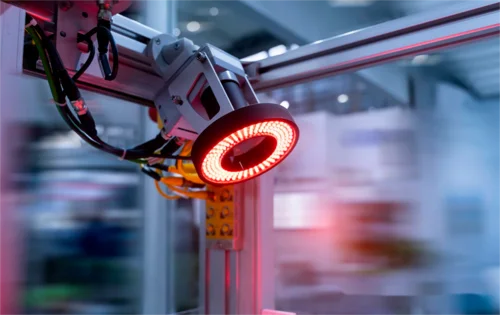
2. Product structure: differentiation and opportunities in sub-sectors
i. Product/Service Sales: Systems and Software Lead the Way
Specific application vision systems have long dominated the market (accounting for 27.4% in 2024), and algorithm software (AI algorithm software accounts for 5.3%), 3D cameras (9.6%) and other sub-tracks have grown rapidly. On the hardware side, the demand for optical components and lenses is stable; the iteration of software and smart devices has become the key to differentiated competition.
ii. Application direction: Focus on core industrial scenarios
Quality inspection (such as surface defect detection) and measurement (2D/3D measurement) are core application areas, with leading sales in 2024. The rapid penetration of scenarios such as robot guidance and logistics sorting shows that machine vision has extended from "detection" to "full process intelligence", enabling industrial upgrading.
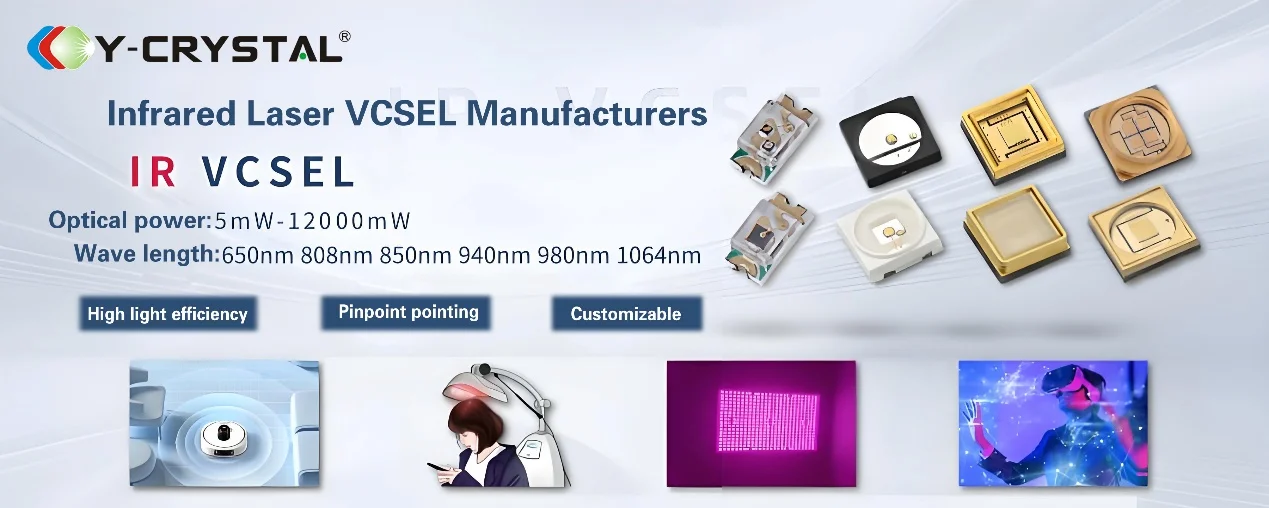
3. Industry application: dual-wheel drive of manufacturing and non-manufacturing
i. Manufacturing: Consumer electronics and lithium batteries lead the way
Consumer electronics (sales of 4.93 billion yuan in 2024) and lithium batteries (3.11 billion yuan) are the core applications of the manufacturing industry, and semiconductors, automobiles and other tracks are growing simultaneously. Machine vision is deeply integrated into production line inspection, assembly, and sorting, becoming a "rigid need" for high-end manufacturing.
ii. Non-manufacturing: Smart transportation and security take the lead
Smart transportation (RMB 920 million in 2024) and security and monitoring (RMB 720 million) lead non-manufacturing applications, and education, medical equipment and other fields are accelerating penetration. Machine vision breaks through industrial boundaries, releases value in urban governance and people's livelihood services, and expands the industry ceiling.
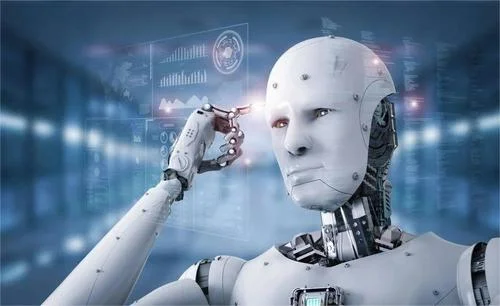
4. Trend Outlook: Technology Integration and Scenario Development
i. Technological iteration: opening a new era of intelligent vision
The integration of AI big models and machine vision will become a key trend. The powerful learning and reasoning capabilities of big models allow the visual system to quickly adapt to complex scenarios, such as accurately identifying the ever-changing shapes and positions of objects in disordered sorting. At the same time, 3D vision technology continues to make breakthroughs, with both accuracy and speed improved, which will deeply empower precision manufacturing (such as chip packaging inspection), new energy (3D contour measurement of battery poles) and other fields, filling the gap in high-end inspection.
ii. Scenario expansion: from industry to pan-industry penetration
In the manufacturing industry, in addition to emerging sectors such as consumer electronics, lithium batteries, semiconductor manufacturing (such as wafer defect detection), and hydrogen energy equipment (visual guidance for battery stack assembly), the demand for machine vision will explode, pushing the industry to take root in more segmented and higher-precision scenarios. In the non-manufacturing industry, the medical field (surgical navigation, pathological image analysis) and agriculture (crop growth monitoring, fruit sorting) are accelerating the embrace of machine vision, and smart life scenarios (such as smart home visual interaction) will also be gradually implemented, broadening the boundaries of the industry.
iii. Ecological Reshaping: The Rise and Breakthrough of Local Enterprises
Domestic brands will accelerate substitution, moving from "following" to "leading". On the one hand, they will consolidate their advantages in the mid-end market, squeeze the market share of European and American brands with cost-effectiveness and rapid response; on the other hand, they will focus on the research and development of high-end products (such as ultra-high precision industrial cameras and complex scene AI algorithms), break through technical barriers, and compete for the right to speak in global competition. At the same time, the industry chain will be coordinated and deepened, and hardware manufacturers, algorithm companies, and system integrators will work closely together to create an integrated solution of "hardware + software + service" to meet the customized needs of different industries. The "eyes" of machine vision are witnessing the profound changes in the intelligentization of China's manufacturing industry. At the intersection of technological innovation and demand explosion, industry opportunities have arrived. Whoever can deeply cultivate the scene and break through the technical barriers will be able to hold the "key" to industrial upgrading and embrace the new blue ocean of trillion-level intelligent economy.
https://www.y-crystaled.net/machine-vision-industry-2025-analysis.html
